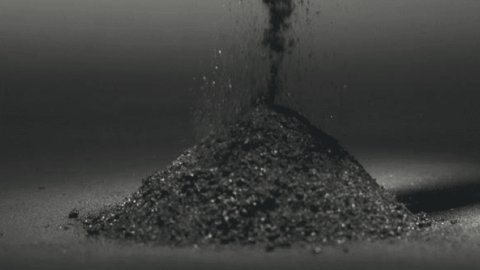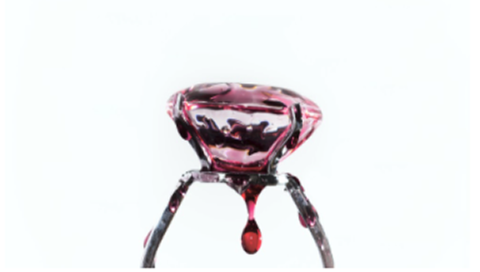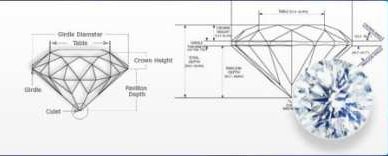New Tariffs Shift Lab-grown Diamond Industry
The lab grown diamond industry is experiencing significant changes that will impact suppliers and retailers across the United States. Recent developments in tariffs and market positioning are reshaping the competitive landscape.
The most immediate challenge facing the lab grown diamond industry is the implementation of substantial new tariffs on imports. The United States government has announced a reciprocal tariff of 27% on lab grown diamonds imported from India, the world's second-largest producer of lab grown diamonds, which previously entered the country duty-free.
A 10% base tariff took effect on April 5, 2025, and will be shortly followed by the full 27% tariff that should be implemented on April 9, 2025, unless a trade agreement is reached.
The new duty structure creates significant cost implications for the supply chain.
New US Tariffs Transform Import Economics
| Product | Previous Duty | New Duty |
| Lab-Grown Diamonds | 0% | 27% |
| Mined Polished Diamonds | 0% | 27% |
| Gold Jewelry | 5.5-7% | 32.5%-34% |
| Silver Jewelry | 5% | 32% |
| Gemstone Jewelry | 5-6% | 32-33% |
While India faces these steep tariffs, other competing source countries are also presented with the challenge. The US has imposed different rates on other trading partners, with China facing even higher rates (54%), while countries like the UAE, Singapore, and Turkey maintain more favorable tariff positions (10%). Majority of the lab-grown diamonds are imported into the United States by Indian and Chinese companies. The implementation of tariffs will lead to the price increase on all levels of the supply chain - from manufacturers and wholesalers to retailers and final consumers. This perspective suggests a strategic recalibration may be necessary for companies operating in the lab grown space.
Despite these challenges, consumer adoption of lab grown diamonds continues to accelerate. A recent study revealed that 52% of couples purchased engagement rings featuring lab-created diamonds in the past year. This mainstream acceptance is reflected in the performance of major jewelry retailers:
Signet reported lab-created diamond sales have improved by 60% across three key brands (Kay, Zales, and Jared)
Swarovski experienced substantial sales growth driven by lab-created diamond products
Pandora has reported strong demand for lab-created diamond jewelry in recent months
The overall US Diamond Engagement Ring Market is projected to grow at a CAGR of 5.5% from 2025 to 2034, rising to $12 billion by 2034, with lab grown diamonds capturing an increasing share of this expanding market.

Strategic Implications for Jewelry Busineses
The new tariff structure necessitates a review of supply chain geography. While India remains a major producer with a 20-25% global market share, jewelers may need to explore alternative sourcing from countries with more favorable tariff treatment or accelerate domestic production capabilities. While jewelry production will still be more expensive than it used to be, the increase of the retail prices, which will undoubtfully follow, should help businesses keep their margin profits at the same level.
The shifting narrative around lab-grown diamonds suggests a need for more sophisticated positioning. Rather than competing solely on price, retailers should articulate a multi-dimensional value proposition. As the market matures, there may be opportunities to develop specialized product lines serving distinct market segments. The wedding market, for example, represents a significant opportunity with dozens of millions weddings occurring annually and increasing acceptance of lab-grown diamonds.
The man-made diamond industry is entering a new phase characterized by shifting trade policies, evolving consumer perceptions, and maturing market dynamics. While the tariffs create immediate challenges, the continued consumer acceptance of lab-created products offers long-term growth potential. Those who can navigate these complexities will be well-positioned to thrive in this transforming market. The coming months will be critical as the industry adapts to these new economic realities and competitive dynamics.











